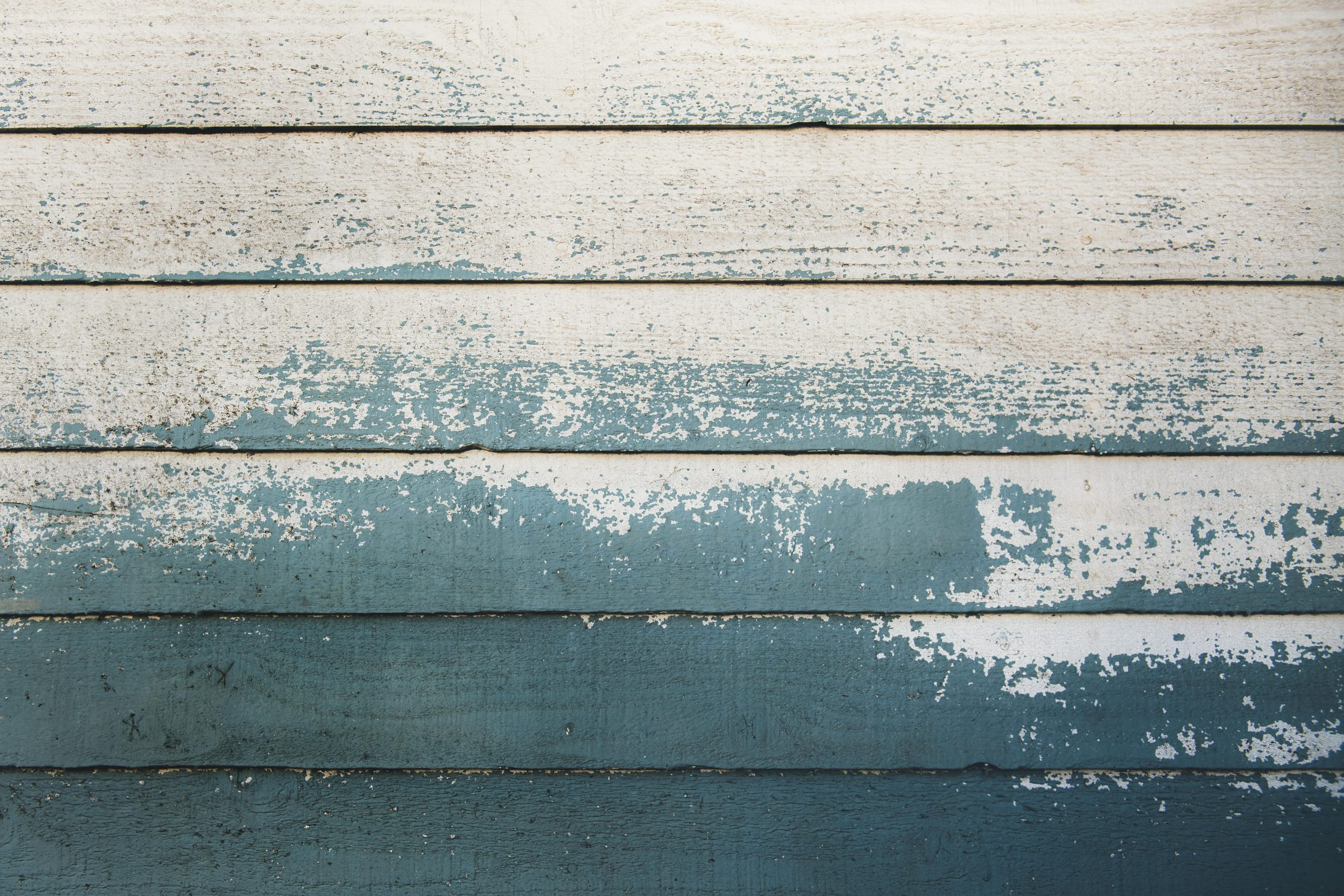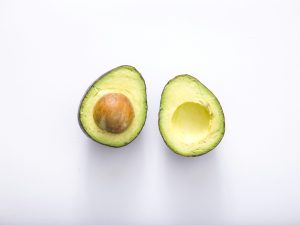Self-Cooling Fabrics: Phase-Change Materials for Heatwave Survival
With summers becoming hotter and heatwaves becoming more frequent, the demand for innovative ways to stay cool is on the rise. In recent years, the concept of self-cooling fabrics has been gaining attention as a potential solution for beating the heat. These fabrics, infused with phase-change materials, have shown promising results in providing a comfortable and cool experience even in scorching temperatures. Let’s delve deeper into the world of self-cooling fabrics and explore how they use phase-change materials for heatwave survival.
The Science Behind Self-Cooling Fabrics
Before we understand how self-cooling fabrics work, let’s first get familiar with the concept of phase-change materials (PCMs). These materials are substances that can store or release energy in the form of heat when they change from one phase to another, such as from liquid to solid or solid to liquid. This property makes them ideal for regulating body temperature, making them a popular choice for self-cooling fabrics.
When PCMs are incorporated into the fibers of fabrics, they have the ability to absorb excess body heat and keep the wearer feeling comfortable and cool. Once the temperature drops, the PCM solidifies and then releases the stored heat back to the body, keeping it warm during colder temperatures. This mechanism allows self-cooling fabrics to adapt to changing weather conditions, making them a perfect fit for heatwave survival.
Benefits of Self-Cooling Fabrics
The use of self-cooling fabrics offers a host of benefits, making them an attractive choice for consumers. Firstly, these fabrics provide effective temperature control, keeping the body cool and comfortable even in high temperatures. This feature is especially helpful for individuals who live in regions with hot and humid climates, where heatwaves can be a challenge to cope with.
Moreover, self-cooling fabrics are lightweight, breathable, and moisture-wicking, making them ideal for outdoor activities in the summer. They are also hypoallergenic and have antimicrobial properties, ensuring a comfortable and healthy experience for the wearer. These fabrics are also eco-friendly as they reduce the need for air conditioning, thereby saving energy and reducing carbon footprint, contributing towards a sustainable environment.
Applications of Self-Cooling Fabrics
Self-cooling fabrics have a wide range of applications, making them a versatile and practical choice. They are commonly used in sportswear and outdoor gear, where staying cool and comfortable is crucial for performance. These fabrics are also used in fashion and everyday clothing, providing a comfortable and stylish option for hot summer days.
Furthermore, self-cooling fabrics are also utilized in bedding and mattresses, providing a cool and comfortable sleep experience. This feature is especially beneficial for individuals who are sensitive to high temperatures while sleeping or for those living in regions with warm climates.
Future Outlook for Self-Cooling Fabrics
The demand for self-cooling fabrics is expected to grow in the coming years as heatwaves become more prevalent due to climate change. The use of PCMs in textiles is also being explored for other applications, such as in medical textiles, where controlling body temperature is crucial for patients. With advancements in technology, we can expect to see more innovative and efficient self-cooling fabrics in the future, catering to different needs and preferences.
Conclusion
Self-cooling fabrics, infused with phase-change materials, have emerged as a practical solution for heatwave survival. Their ability to regulate body temperature and provide a cool and comfortable experience in high temperatures makes them a popular choice for sportswear, fashion, and bedding. With their eco-friendly and versatile nature, self-cooling fabrics are paving the way for a sustainable and comfortable future. So, the next time the temperature rises, make sure to beat the heat with self-cooling fabrics!









